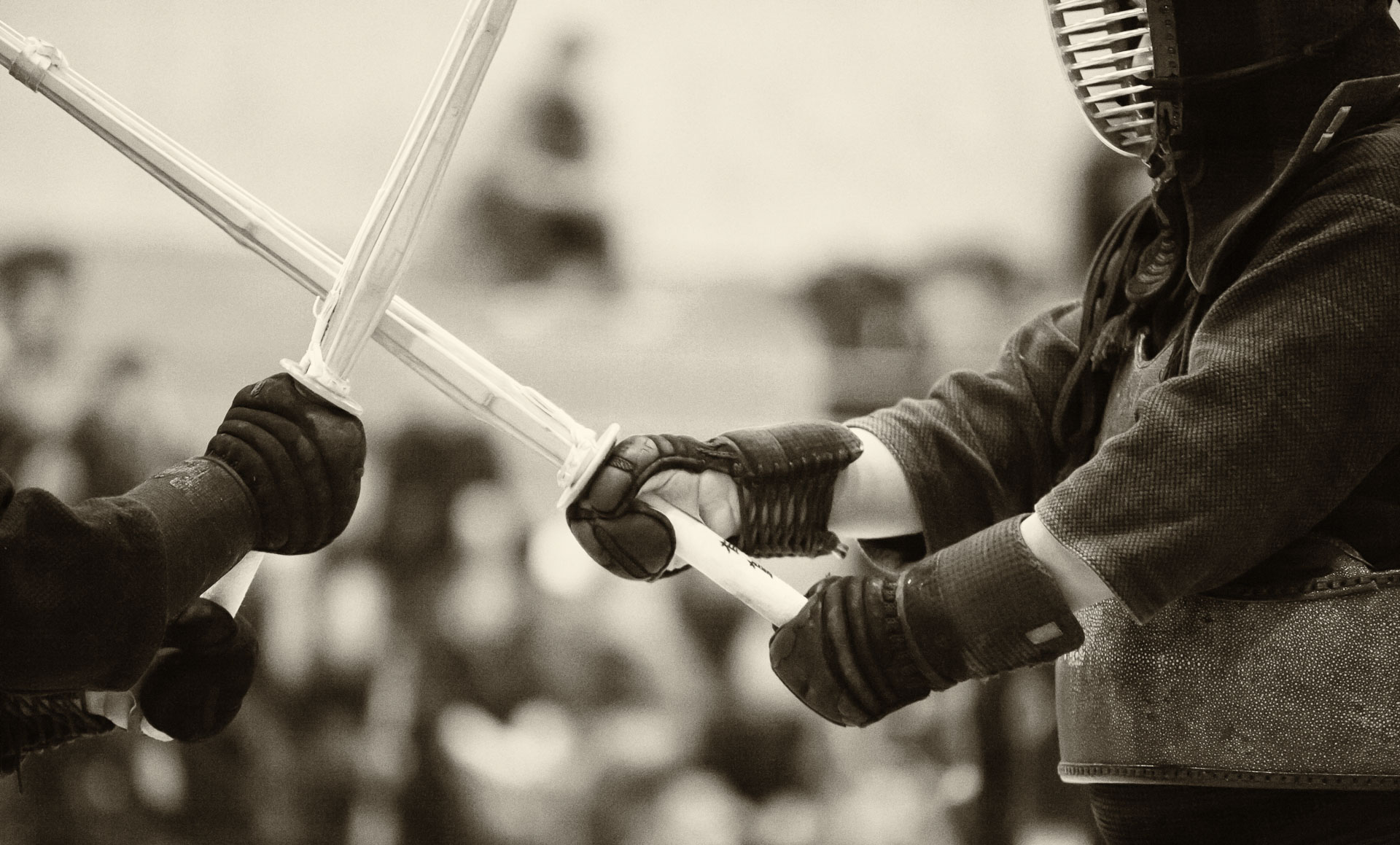
When I was starting my academic job as a new faculty member, I read a book by Robert Boice appropriately called “Advice for New Faculty Members.” He conducted a quantitative study of the work habits of new professors, who ultimately succeeded in their careers, and of those, who failed. The work of professors can be broadly classified into teaching and research (what Boice referred to as writing, because academic writing, more specifically its impact, is an indicator of research success.)
It turns out that in teaching, the most common way to fail is do more preparation when encountering teaching challenges (and everyone comes across those at some point.) This is counter-intuitive, but it turns out that teaching prep is a black hole of time that would definitely drain you of any creative energy you might have had at the binning, unless you deliberately and decisively put a limit to how much time you spend on it. On the positive side, and also quite unexpectedly, the data shows that teaching works out just fine for those, who don’t do too much prep. There are good explanations for this fact. In a nutshell, by not being a perfectionist, you can can free up some mental energy to think about the larger context of your life, of which teaching is a part. Having this perspective keeps you from burning out and loathing the prep process and the teaching itself. Ultimately, it makes you are more interesting person and, as a consequence, a better teacher.
In writing, it turns out, there are multiple ways fo fail. Academic writing involves several key components: an the over-arching idea, or hypothesis, for whatever article you are working on, a systematic approach for supporting the idea (testing the hypothesis) and the coherent expression of the results in the context of the existing state-of-the-art. Each of this components presents an opportunity to fail or succeed. So avoiding failure is quite tricky, and, for me personally, this is what makes writing interesting.
I find that the creative process of writing is similar to the classical approach to oil painting in many ways, including the ways you can fail in both endeavours. Assuming that you have a general idea of what you’d like to paint, the first step is to create a rough under painting. It is like a first draft of a written article. In order to have a shot at success, it is important to separate the writing from editing. Likewise, the key thing with under-painting is to quickly move towards sketching out the basic shapes, without being distracted by getting the small details and colours right.

After the underpainting is done, the rest of the process is, essentially, editing. My painting teacher says that what you do is make small corrections (“just by a tiny amount”) to a section of the painting, applying them layer-by-layer. Once the details of each of the small areas of the painting are finished (see below on what is meant here by “finished”), it is time to work on the overall picture, checking that the colours and the tonal values of the different parts do not conflict with each other. Again, this is done by making small corrections in each subsequent layer of paint.
This editing continues until the painting is finished. The criterion for what constitutes a “finished” work is reaching the stage at which you are no longer sure whether applying additional changes makes it better or worse. So there is a real possibility of making things worse than they were by not stopping at the right moment. Incidentally, this is the main argument for taking frequent breaks from your work, even at the risk of interrupting a flow state. Doing so allows you to take a more detached, if not completely objective, look at the current state of your work and thus avoid making costly mistakes. My sculpture teacher emphasized this, and that is what Boice described as “finishing early,” i.e. before you feel ready – another common technique of successful academics.

Pieces of art that are utter failures fail in every single aspect – the details are wrong and they don’t fit together into the larger composition. Paintings of beginner students are often like this. But even more advanced artists often fail in one or more aspects. Sometimes the perspective is a bit off, the colours clash, or the tonal relations are wrong, even though the rest of the elements are fine. Even Leonardo’s paintings are not free of errors (which shows that he was human after all).
Arguably, each colour selection and ultimately each brushstroke represents a creative decision that carries a possibility of success or failure. I believe that decisions involved in painting a picture are fundamentally more difficult than those that many of us, or at least me personally, face in what we call our “professional” work. And, assuming that we are painting as a hobby, our identities are not tied up into the result as tightly as they are in the “real work”, so the perceived stakes are not as high. I think that is what makes painting so enjoyable – it provides an opportunity to learn about various failure modes and to do so safely.






















